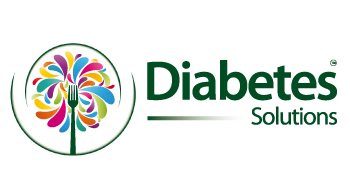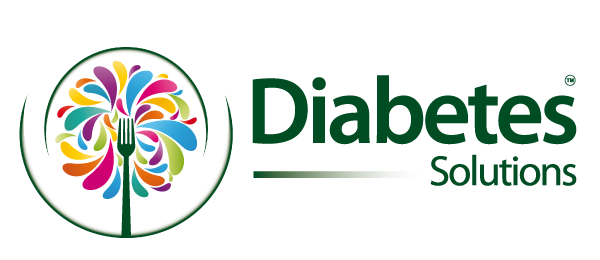Diabetes management requires an in-depth understanding of various factors that can influence blood sugar levels. Among these factors, the Somogyi effect, also known as “rebound hyperglycaemia”, remains lesser-known but is of significant relevance, particularly for those with Type 2 Diabetes. This article delves into the complexities of the Somogyi effect, explaining its implications for individuals with Type 2 Diabetes.
Understanding the Basics: What is the Somogyi Effect?
In the simplest terms, the Somogyi effect describes a phenomenon where low blood sugar during the night prompts the body to react by subsequently raising it, often to alarmingly high levels by the morning. Named after Michael Somogyi, the researcher who first identified this pattern, this effect is the body’s defence mechanism against dangerously low blood sugar levels.
The Body’s Natural Reaction to Hypoglycaemia
When blood sugar drops, especially during sleep, the body jumps into action. The liver releases stored glucose to counteract the drop. Concurrently, the body releases stress hormones like cortisol and adrenaline. While these reactions are protective by nature, intending to prevent life-threatening low blood sugar, they can sometimes be overzealous, resulting in a pronounced spike by morning.
Type 2 Diabetes and the Somogyi Effect
For Type 2 Diabetics, the Somogyi effect poses unique challenges. Due to their body’s reduced sensitivity to insulin, the surge of glucose from the liver isn’t effectively processed, amplifying the rebound effect. This leads to higher blood sugar levels in the morning than what would be seen in non-diabetics. Such inconsistencies in blood sugar levels can complicate diabetes management and increase the risk of long-term complications.
Differentiating from the Dawn Phenomenon
It’s paramount to distinguish the Somogyi effect from another phenomenon known as the ‘dawn phenomenon’. Both lead to raised morning glucose levels, but their underlying causes differ. The dawn phenomenon is a natural surge in blood sugar due to an increase in growth hormones released in the early morning.
For a clearer differentiation, monitoring blood sugar around 2-3 a.m. can be informative. If readings are low at this time, the Somogyi effect might be at play. If they’re consistently high or normal, it’s likely the dawn phenomenon.
Addressing the Somogyi Effect in Type 2 Diabetics
Recognising the Somogyi effect is only the first step. Effectively managing it is where the challenge lies. Some strategies to consider:
- Medication Adjustments: If nighttime lows are a result of diabetes medications, a change in dosage or timing could be beneficial.
- Dietary Considerations: Consuming a snack rich in protein or complex carbohydrates before bed can help stabilise blood sugar levels through the night.
- Utilise Continuous Glucose Monitoring (CGM): A CGM can offer invaluable insights into one’s glucose patterns, particularly during sleep, aiding in more precise management.
Why the Somogyi Effect Matters
Amidst the myriad challenges posed by Type 2 Diabetes, one might question the significance of understanding the Somogyi effect. However, achieving stable blood sugar levels is a cornerstone of effective diabetes management.
Fluctuations, particularly the lows followed by highs as seen in the Somogyi effect, can be physically taxing and also increase the risk of complications. Moreover, repeated instances of nocturnal hypoglycaemia can lead to a decreased awareness of low blood sugar symptoms, making it harder to detect and respond to future episodes.





